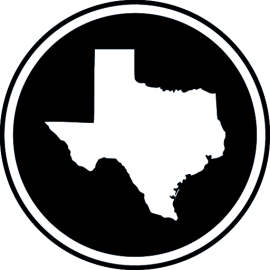The Brink of Extinction
“The American Buffalo” meanders through centuries of an unbreakable connection with Native Americans of North America, and the unspeakable depredation visited on both by European invaders. Hearing, reading, or seeing history can be horrible, hence the effort to whitewash it in some quarters.

I’ve just finished watching Ken Burns’ latest for PBS: “The American Buffalo.” The two-parter covers four hours—probably a little too long—but it touched me in ways I didn’t expect.
First, are the animals entwined in our history “buffalo” or “bison”? The Smithsonian is happy to answer— the short version is “bison.”
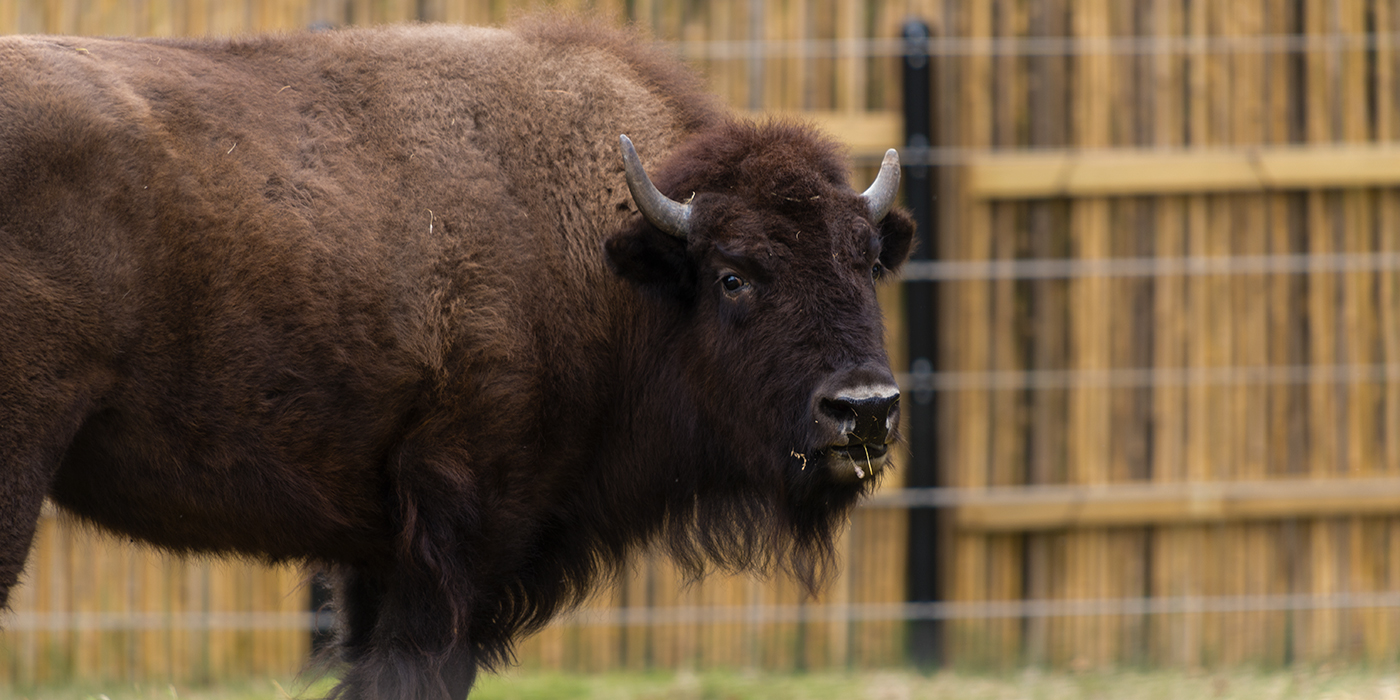
Try telling that to Buffalo Bill…
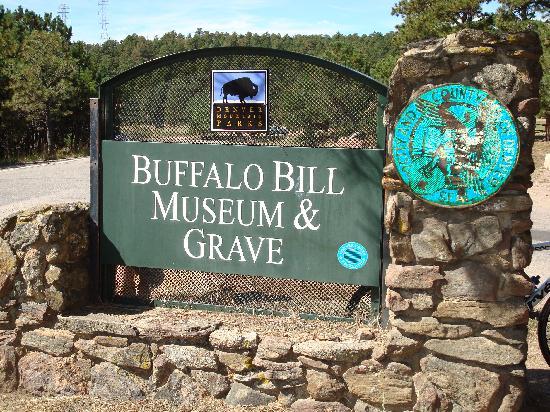
or the Houston Oilers:
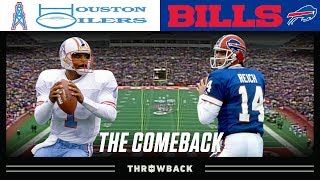
I’m going with Ken Burns on this—I’ll call them buffalo.
“The American Buffalo” meanders through centuries of an unbreakable connection with the Native Americans of North America, and the unspeakable depredation visited on both by European invaders. Racism is rampant. Even eugenics makes an appearance. Hearing, reading, or seeing, history can be horrible, hence the current effort to whitewash it in some quarters.
I was interested for personal reasons. First, I was born in Lawton, Oklahoma. And my very first memories are from the nearby Wichita Mountains Wildlife Refuge, where a good part of the documentary was filmed. I remember one picnic when I was four—maybe even three. After we packed up to drive back to our house on Ash Avenue, we ran into a roadblock on the Refuge road. The buffalo herd was slowly wandering across the asphalt, very, very slowly. We sat there for a long time, as the animals crossed around us, nearly pressing against the car. It was a sight stuck in my memory for seventy-five years now.
“The American Buffalo” explains that the Refuge only exists because Teddy Roosevelt made it happen. And, shades of the 80’s commercial, the buffalo came from “New York City”!
A bit later we moved back to my ancestral home in Texas. I grew up with this bit of buffalo-alia.
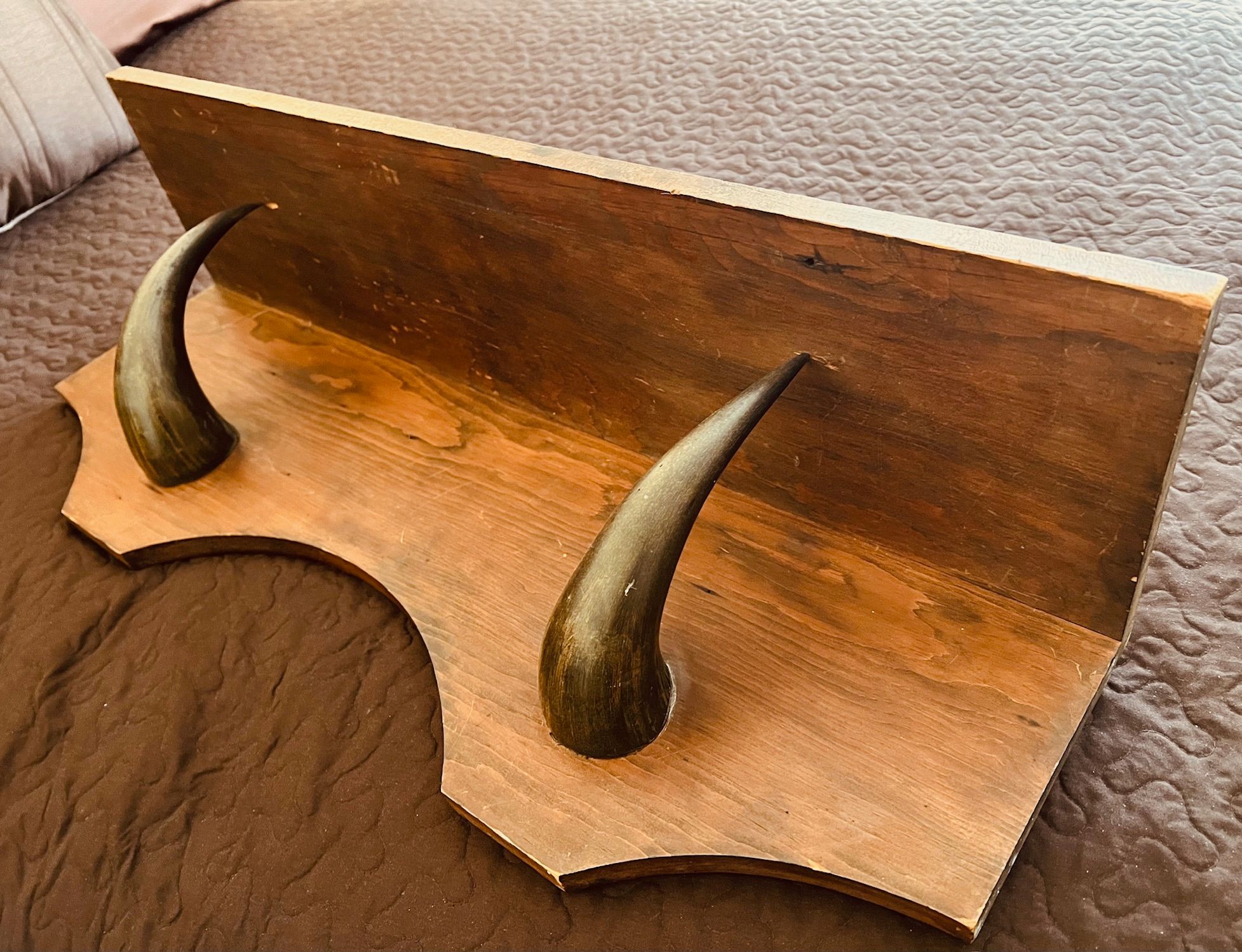
It’s a shelf that I was always told my great-grandfather made. He was Joseph Weidman—he and his brother built the first movie theater in Wichita Falls, the Gem.
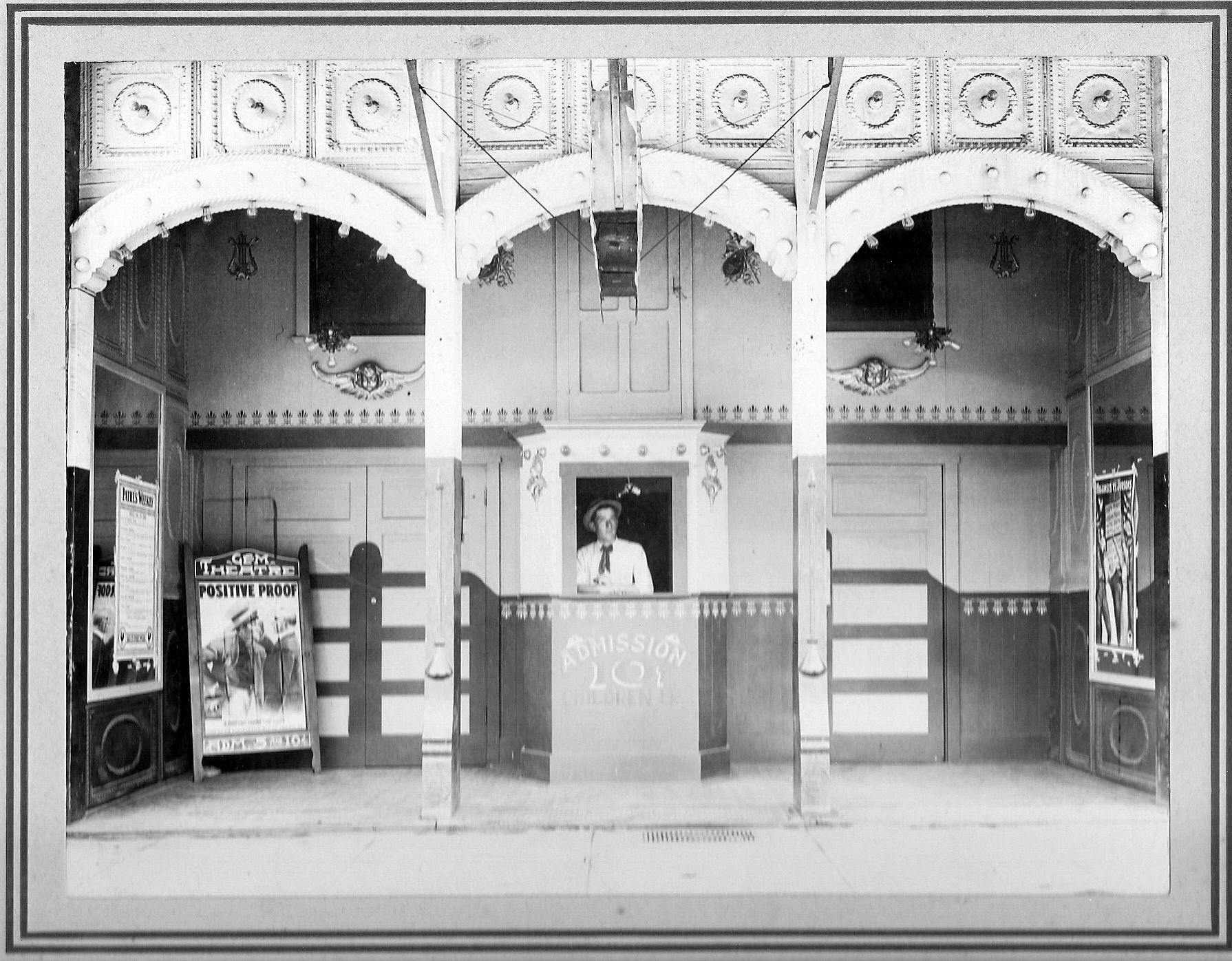
The Weidmans came to Texas in the 1880’s, so the little shelf probably dates back a hundred and thirty years or so. The living buffalo herds were long gone from Texas by then. The family story was that Joseph made this shelf with buffalo horns he had found. Because he lived in Iowa Park, a small town outside Wichita Falls, I’m guessing they came from a skull somewhere in Wichita County.
Flash forward a century or so, to my own close encounter with the descendants of those buffalo—and not the New York version.
Back in my NBC News days, I got an assignment out on the southeastern edge of the Texas panhandle—at the Caprock Canyon State Park. In 1998, we produced a story about establishing the Texas State Bison Herd, which presaged the Ken Burns production—and squeezed into two minutes and forty-nine seconds:
(Courtesy: The Texas Archive of the Moving Image).
By the way, their nickname for that initial corral was “Jurassic Park,” but this is one story with a happy ending. Starting with 36 head, the Texas State Bison Herd has now grown to 246, generating headlines like this:

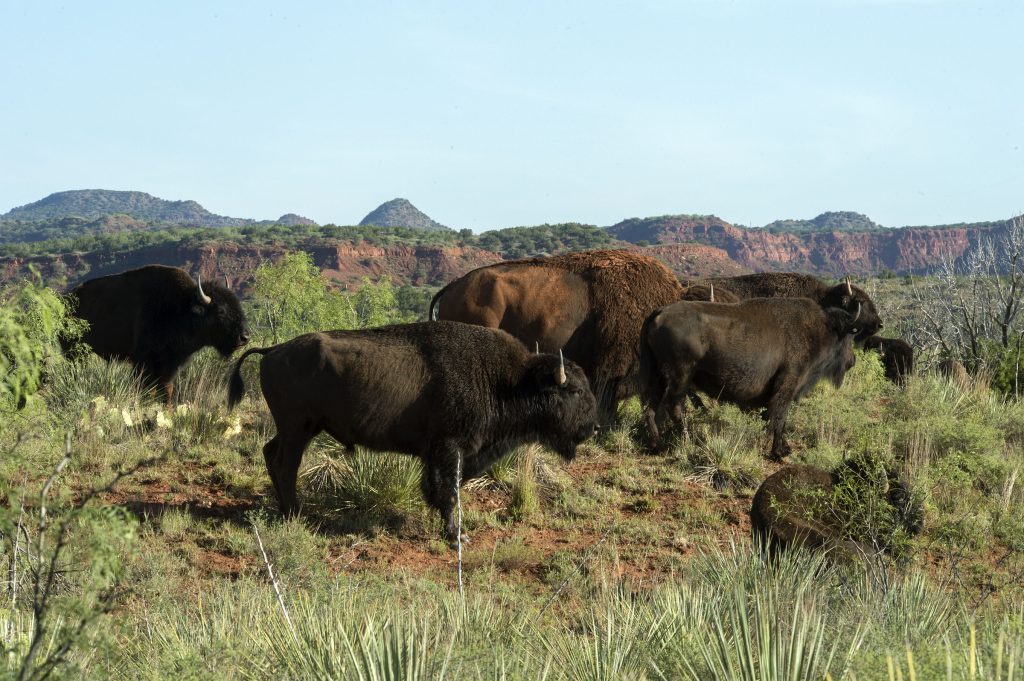
I’d like to think “The American Buffalo” is going to be played in history and social studies classes all across the country. But is it? Will teachers and principals be afraid of offending a few touchy parents with doses of actual history, even delivered in Peter Coyote’s soothing voice?

